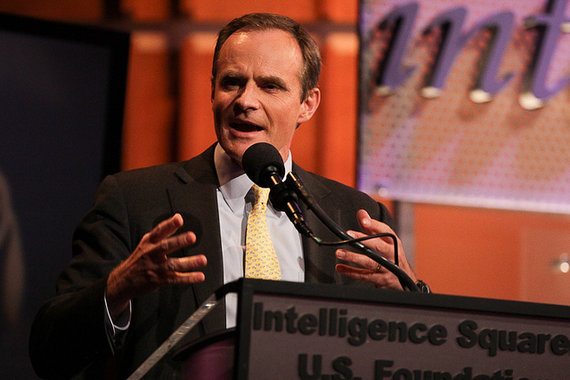Wednesday, October 16, 2012
To prevent the collapse of the global financial system in 2008, Treasury committed 245 billion in taxpayer dollars to stabilize America’s banking institutions. Today, banks that were once “too big to fail” have only grown bigger, with JPMorgan Chase, Citigroup, Bank of America, Wells Fargo, and Goldman Sachs holding assets equal to over 50% of the U.S. economy. Were size and complexity at the root of the financial crisis, or do calls to break up the big banks ignore real benefits that only economies of scale can pass on to customers and investors?
Moderator
- John Donvan, Author & Correspondent, ABC News
For
- Richard Fisher, President and CEO, Federal Reserve Bank of Dallas
- Simon Johnson, Professor of Entrepreneurship, MIT
Against
- Douglas Elliott, Fellow in Economic Studies, Brookings Institution
- Paul Saltzman, President, The Clearing House Association
